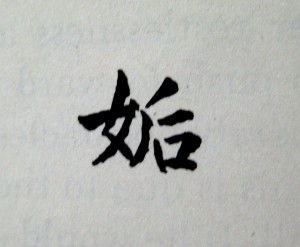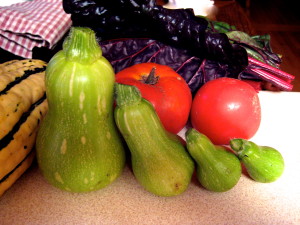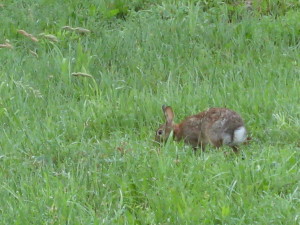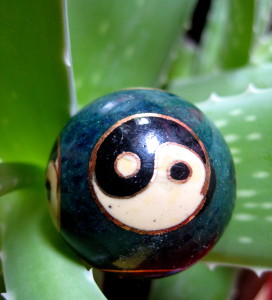
– From The I Ching, translated by Richard Wihelm
Five yang lines stacked together revel in their ordered, controlled, clarified mastery of life, life as idea. Suddenly, a coy innocent yin line enters from below, an impulse from nature, life in its utter sweetness and rawness. The yang lines are shaken at the vibrant appearance of yin, while at the same time they are magnetically drawn, their number and order shattered by the encounter.
Richard Wilhelm’s translation of the I Ching reading of hexagram #44, Coming to Meet, cautions: the maiden is powerful, do not marry such a maiden. Deng Ming-Dao, in his interpretation of the I Ching, goes further, naming Hexagram #44 Copulation. He takes us to the depths of human nature itself.
The urge to copulate is nature’s urge that will not be denied; it’s at the heart of nature’s imperative to survive. At that level it is an amoral force. Dress up “relationship” with romance and commitment if you will, but behind the scenes nature exacts its intent; copulation will occur, there will be offspring to continue the species. Nature has no regard for relationship, commitment or childrearing arrangements, it simply wants offspring.
In a recent channeling discussion (linked Here), Saleph pointed out that the disowning of nature—the ape in man—is at the core of sexual abuse. The disowning of the sexual instinct, and lack of respect for its power, has allowed for mass incidences of coming to meet in copulation—completely unregulated and dissociated from consciousness—to erupt in the most historically sacred countries, in the most sacred institutions, as well as in the most sacred place of all: in the family home.
Our distant ancestors were far more advanced at the regulation of this primal energy in their initiation rites and rites of passage. The modern world, having disowned its animal self, revels in a technological self image, with a rational brain machine that can replace all of nature’s parts, or so it thinks. This naive assumption has left the animal in man dissociated from its archetypal roots, as well as from its ego master. The instinct, in such an abandoned, neglected, manipulated state has gone off on its own, preying particularly upon the young. This is not nature’s program but an instinct gone awry, dissociated from even its own archetypal program. Copulation with the young will not fulfill nature’s imperative; it’s not in the archetypal program.

– Photo by Jan Ketchel
Love, commitment, and relationship are only possible in a full integration of the sexual instinct with consciousness. Lack of integration leads to splitting, affairs, and the inability to commit. Consciousness must grapple with the fullness of nature’s imperative, but it must also be a worthy conduit for nature’s energy, able to both handle it, regulate it, and join with it in a deeper merging of consciousness, nature, and an other.
Richard Wilhelm also points out that the time of coming to meet is dangerous and yet, at the same time, is the meeting that brings forth new life. With respect to furthering this aspect of nature’s imperative, the door to delivering relationship itself to a new evolutionary birth is opened in full consciousness, offering the opportunity for the union of opposites, in playful cosmic dance, all elements fully present.
Committed to full consciousness,
Chuck




